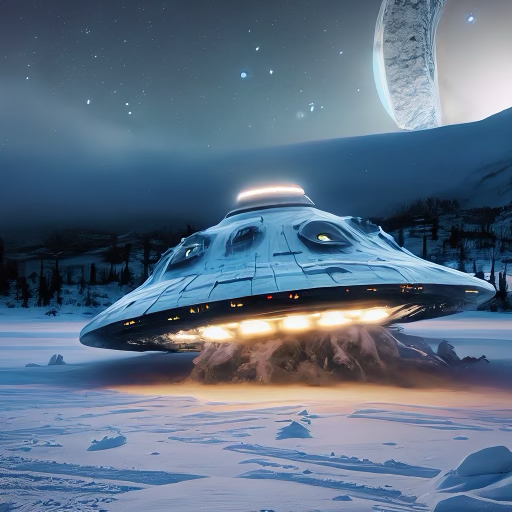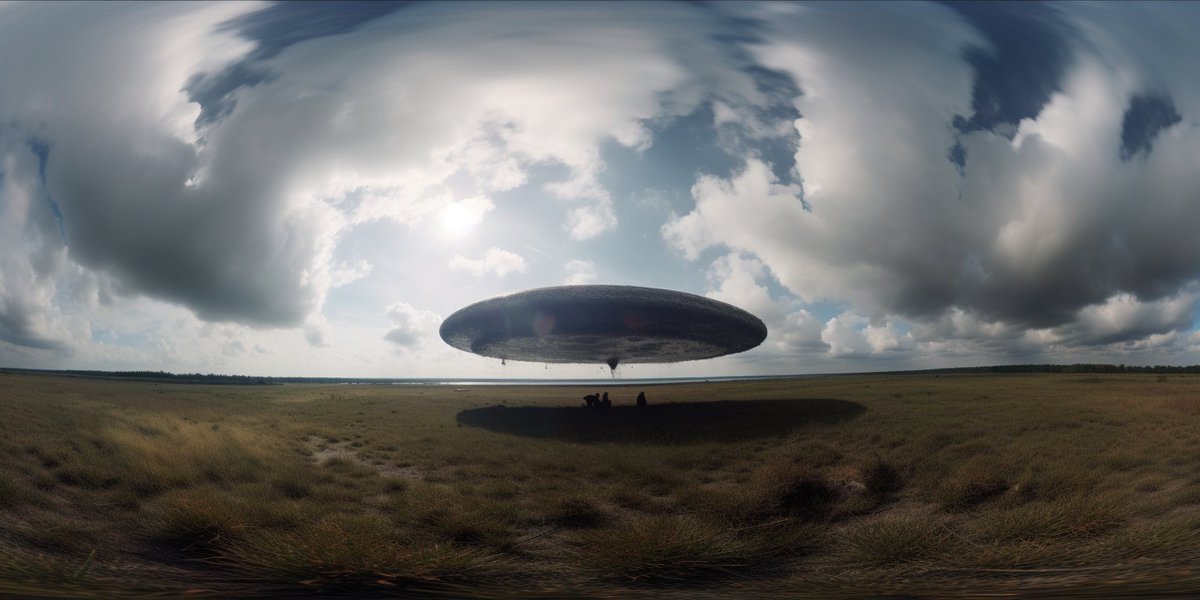
Midjourney v5 has pushed into photorealism, a goal which has eluded the computer graphics industry for decades (!) 🤯
Insane progression, and all that by 11 people with a shared dream.
🧵 Let's explore what these breakthrough in Generative AI mean for 3D & VFX as we know it...

Insane progression, and all that by 11 people with a shared dream.
🧵 Let's explore what these breakthrough in Generative AI mean for 3D & VFX as we know it...


First off, Midjourney v5 is far more photorealistic out-of-the-box. Where as it's predecessor has a more painterly, stylized bent.
Here's a thorough comparison of v5 vs v4 incase you want to go deeper. But let's keep going...
Here's a thorough comparison of v5 vs v4 incase you want to go deeper. But let's keep going...
https://twitter.com/227528138/status/1636599811418750976
Key point is @midjourney crossed the chasm of uncanniness, and is well into photorealistic territory.
And this feeling is resounding amongst professionals. Some might even say it's one for the history books!
And this feeling is resounding amongst professionals. Some might even say it's one for the history books!

@midjourney I mean how can generative AI *not* absolutely disrupt 3D engines like Unreal & Unity, or even Octane & Redshift
Just look at the quality of this Midjourney generation by Linus 🤯
Just look at the quality of this Midjourney generation by Linus 🤯
https://twitter.com/3888491/status/1638695005664555008
@midjourney Like, who knew it'd take generative AI to cross the uncanny valley, particularly for digital humans? No sub-surface scattering required!
You've got all you need to realize your ambitious Bollywood dreams:
You've got all you need to realize your ambitious Bollywood dreams:
https://twitter.com/1246511533175136256/status/1636583668025024513
@midjourney Virtual sets? Not a problem. These Midjourney generations easily surpass the quality of an Unreal Engine or Octane render.
I mean, just look at the high frequency detail in the chair, the knitting, the windows -- and good lord (!) the dynamic range is immaculate
I mean, just look at the high frequency detail in the chair, the knitting, the windows -- and good lord (!) the dynamic range is immaculate
https://twitter.com/14404998/status/1637720004195143680
@midjourney Obviously, the meme potential is exceedingly high too :)
Especially given MJ's new approach to prompting which allows us to compose complex scenes with multiple characters.
Fancy a Hogwarts rave circa 1998? No problemo:
Especially given MJ's new approach to prompting which allows us to compose complex scenes with multiple characters.
Fancy a Hogwarts rave circa 1998? No problemo:
https://twitter.com/spacecasetay/status/1638212304683532288
@midjourney Product photography gets a huge boost too. Imagine products before you create them, or fine tune models with actual product photography to stage virtual shoots on demand.
Doing this in the past has required scanning assets, or modelling them from scratch, plus hours in 3D tools:
Doing this in the past has required scanning assets, or modelling them from scratch, plus hours in 3D tools:
https://twitter.com/227528138/status/1636382312131878912
@midjourney It's no surprise that Jensen Huang CEO of @nvidia said “Every single pixel will be generated soon. Not rendered: generated”
Obviously, I've been saying this for a hot minute now, especially after playing with ControlNet:
Obviously, I've been saying this for a hot minute now, especially after playing with ControlNet:
https://twitter.com/227528138/status/1627872696112480257
@midjourney @nvidia In the near term, we will see hybrid approaches that fuse the best of classical 3D + generative AI will reign supreme.
Run a lightweight 3D engine for the first pass, then run a generative filter on top to convert it into AAA quality.
Think NVIDIA's "DLSS" on steroids:
Run a lightweight 3D engine for the first pass, then run a generative filter on top to convert it into AAA quality.
Think NVIDIA's "DLSS" on steroids:
https://twitter.com/bilawalsidhu/status/1632133413833506819
@midjourney @nvidia Explicitly modelling reality seems overrated for visualization. A hybrid approach absolutely crushes it!
E.g. throw in an uncanny Unreal model, and get out a much more photorealistic result. Minor temporal inconsistencies aside (which'll be solved!) the result is beyond Unreal:
E.g. throw in an uncanny Unreal model, and get out a much more photorealistic result. Minor temporal inconsistencies aside (which'll be solved!) the result is beyond Unreal:
https://twitter.com/CoffeeVectors/status/1632825278148870145
@midjourney @nvidia Video is in it's infancy, but clearly the next target. Jon made this short film with a freaking iPhone + Midjourney + @runwayml Gen-1
And it's all filmed in his apartment! This is James Cameron style virtual production ($$$) democratized.
Imagine where we'll be in +6 months...
And it's all filmed in his apartment! This is James Cameron style virtual production ($$$) democratized.
Imagine where we'll be in +6 months...
https://twitter.com/355726664/status/1637205235465863168
Obviously, Midjourney's @DavidSHolz goal has always been to transform the interactive content.
First it'll transform ideation, then asset creation, then 3D engine embellishment, but eventually -- we'll be playing dreams in the cloud 🌥
And I for one, can't wait!
First it'll transform ideation, then asset creation, then 3D engine embellishment, but eventually -- we'll be playing dreams in the cloud 🌥
And I for one, can't wait!

@DavidSHolz That's a wrap! If you enjoyed this deep dive on AI's impact on real-time 3D & offline VFX:
- RT the thread below to share with your audience
- Follow @bilawalsidhu for more creative tech magic
- Sign up to get these sent neatly into your inbox: creativetechnologydigest.substack.com
- RT the thread below to share with your audience
- Follow @bilawalsidhu for more creative tech magic
- Sign up to get these sent neatly into your inbox: creativetechnologydigest.substack.com
https://twitter.com/227528138/status/1639688267695112194
• • •
Missing some Tweet in this thread? You can try to
force a refresh












